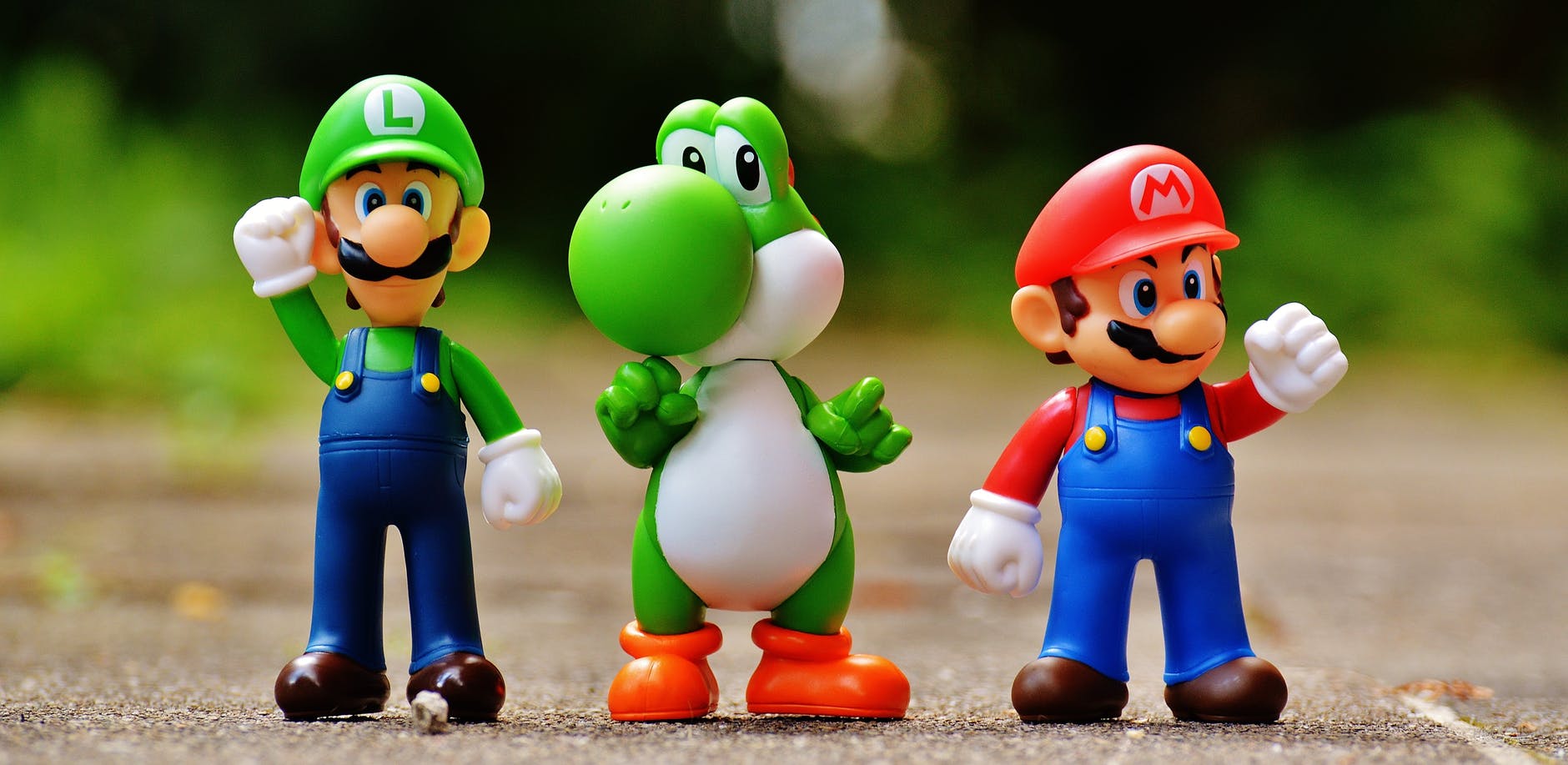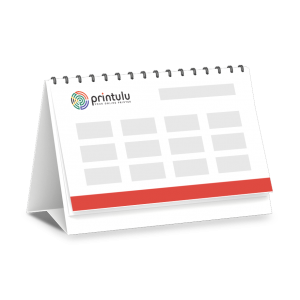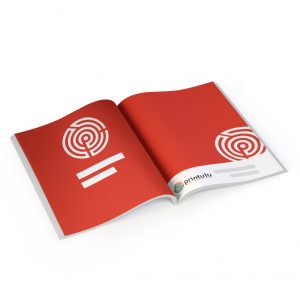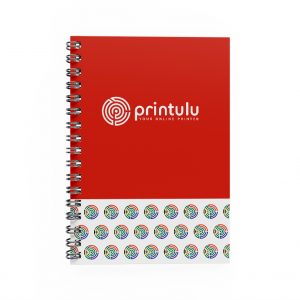I recently met up with my best friend for coffee. She owns a wildly successful indoor plant company, and we got onto the topic of expanding her consumer base.
“What I need to know,” she said, “is not what’s good now, but what will be good later.” She had hit the marketing nail on its head.
Marketing can’t be a merely responsive exercise. With small businesses fighting to carve loyalty and spaces in competitive markets, we as business owners and marketing experts need to know what will be popular tomorrow. We need to preempt what will engage with, sell to, and sustain our audience and consumer base. This means predicting the future and using yearly marketing strategy trends to plan into the new year.
Which marketing strategies will work for my small business in 2020?
Remember, you know your product and customer’s best! This means you and your business already know who you want to sell to; it’s just a matter of convincing these consumers to choose and stay with you. This is why we based the next two trends on brand recognition and building consumer loyalty.
1. Personalised Marketing
Forbes, Econsultancy, Pure360, and Apple (to name a few) all rave and rely on personalisation in marketing to build brand recognition. In a recent survey, over 90 of participants reported they found personalisation appealing. This doesn’t necessarily mean personalised product experiences (though who doesn’t like a complimentary mug with their name on it). It does, however, mean segmentation and grouping your consumer base to send out advertising and marketing materials to each specific target audience.
This used to be done best through email lists, but with the prevalence of clean-up and sweep mail add ons and applications, most email blasts find themselves in the recycling bin unopened. Another, more concrete and less ignorable way, is through personalised print media. This can require some creativity. Think the 2012 Coca-Cola printed bottles campaign.
In America, a country with less than 315 million people, over 250 million bottles printed with the top 150 American names were sold. In one summer. Printed personalisation works. Simply put, people like it when you make a product or service all about them.
2. Content Marketing
Content marketing is the best way to convince consumers you are the expert. It helps you sell knowledge, provide legitimacy to your brand, and interact with customer online views. Content marketing, if used in conjunction with search engine optimisation techniques, also puts you at the top of the google search page. The only problem? Who isn’t content marketing these days? The market and search engines are saturated with articles aiming to persuade consumers of a business’s expertise and their product’s superiority.
It can be hard for consumers not to be overwhelmed, and harder still for small businesses to tap into this market when the bigger brands have thousands of paid reviews, pop culture product placements, and articles to keep them at the forefront of the internet. Which brings me to the University of Newcastle (Australia) approach. Print, like vinyl and polaroids, has become ‘retro.’ Articles found on paper are memorable just because of their medium. Everyone, their dog, and the bus driver has a blog, and for good reason. Content marketing strategies outperform most other marketing strategies in 2019 and are set to do so again in the coming year.
But making your content marketing strategy memorable and unique? That’s just another brilliant prong to push your brand to the forefront of consumers’ minds. University of Newcastle argues that having brand magazines and content marketing articles in print, in conjunction with online, will wreak the highest rewards and furthest reach for small businesses.
3. Shoppable Posts
I am guilty of this. In the last month I have bought three separate items off instagram. It’s hard not to. Social media is ubiquitous. It follows consumers everywhere, has become central to modern senses of affirmation, and is instantly shareable and responsive. Instagram found that 72% of users had purchased a product on the app. And Instagram has a whopping 1 billion users. That’s impressive marketing math. Social media puts your brand and marketing in customer pockets, shortening the sales funnel.
4. Nostalgic Marketing
When ‘Stranger Things’ first appeared, it capitalised on nostalgic charm to soaring success. Millennials, faced with the despairing messages of global warming and existential dread, are desperate for positive and euphoric memories from bygone eras. This means nostalgia is all about idealisation and opens up a world of marketing opportunities. Print has an obvious lead in nostalgia creation; using classic 90’s imagery to dazzle up your pamphlets or leaflets is a sure fire way to capitalise on nostalgic marketing trends (set to sky rocket in the coming year) in the same way Spotify, Nokia, Target, and Bacardi has.
5. Augmented Print
Prepare to be blown away by the perfect mix of print and online marketing. Remember one of the top characteristics of effective marketing is interaction, and there is no better way than using augmented reality to immerse your customers! Augmented print is about, almost literally, bring an ad to life and putting consumers inside it. Here’s how it works! You print your beautiful poster, pull out, or pamphlet seeped in nostalgic charm and sneak in a small message about scanning the advert with the user’s phone. They whip out their smart device, and you insert a whole new experience which appears on their phone! It’s a truly unique and immersive experience. See Augmented Print Marketing in action here:
My best friend and I mapped out some new plans this Monday for 2020. She knows her client base of young, liberal hipsters, and has decided to invest in a brand magazine pullout to be placed in three of the local university papers. She is also going to upload shoppable posts on pinterest (which recorded over 70% of users use it as direct inspiration for future purchases). By using today’s trends to predict tomorrow’s successes, we are both hoping to tap into new marketing areas and expand our consumers (also to sell some plants)!






